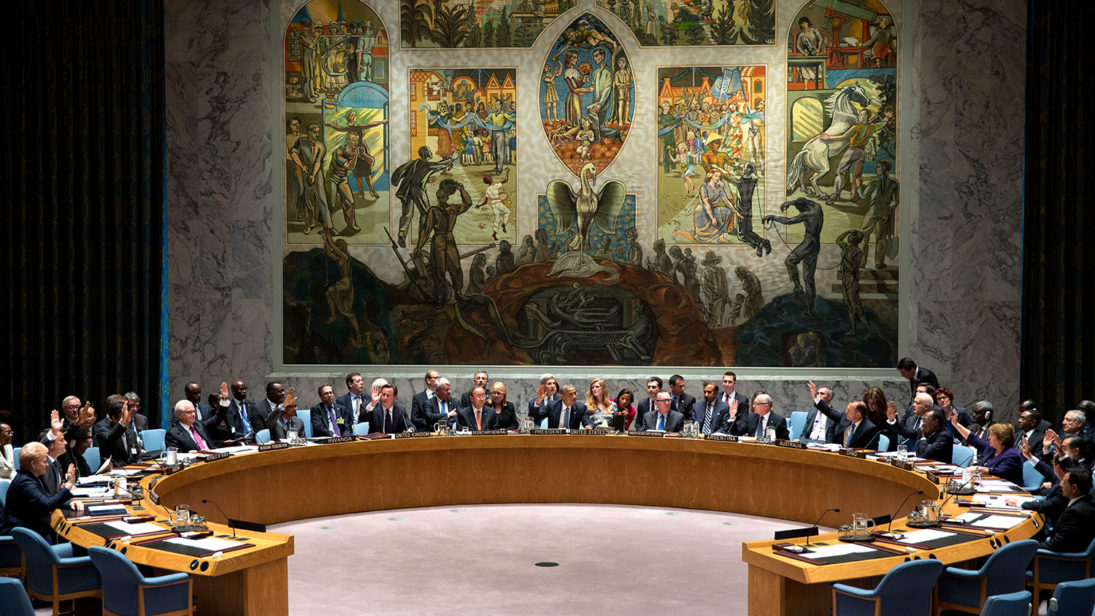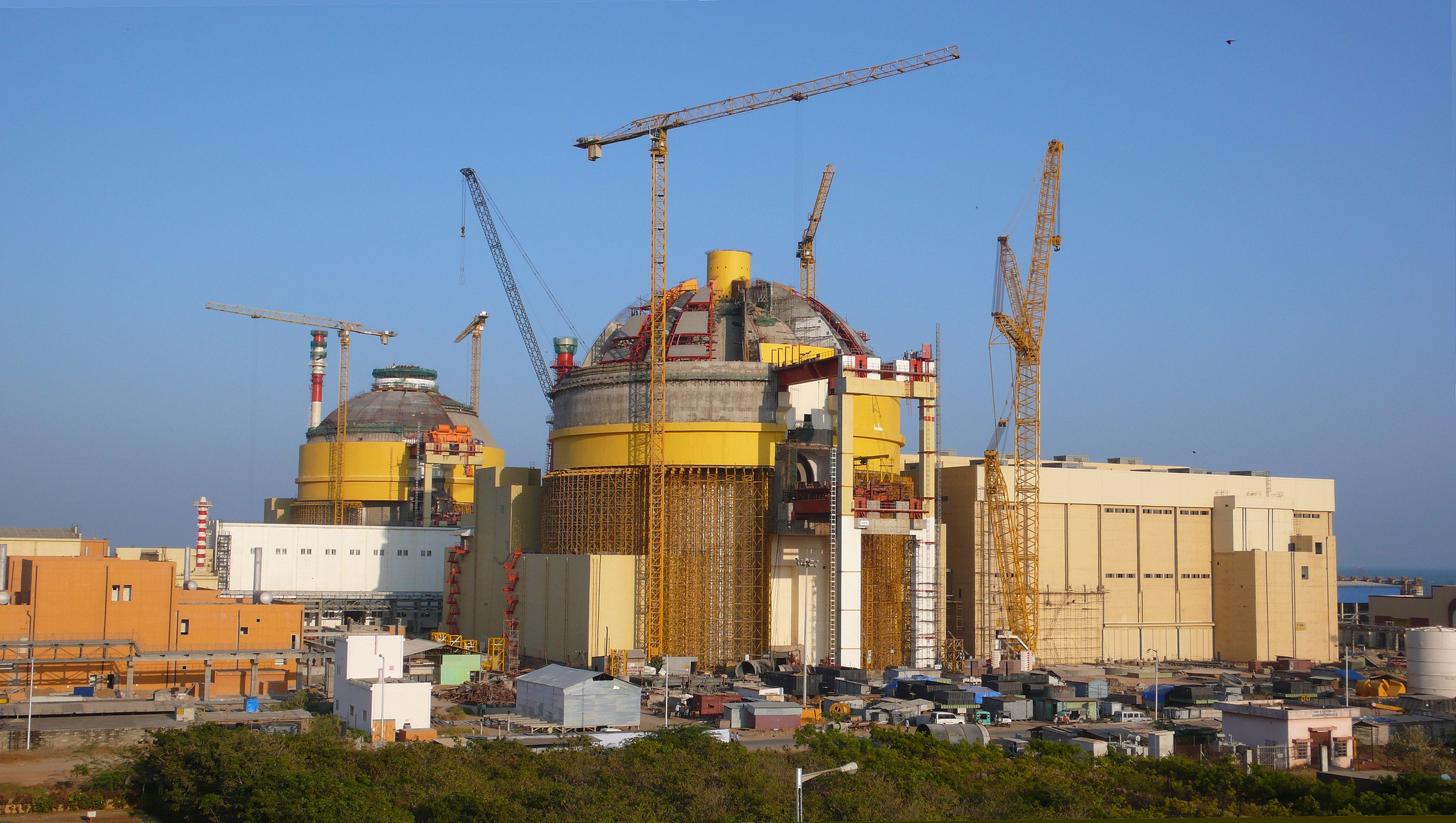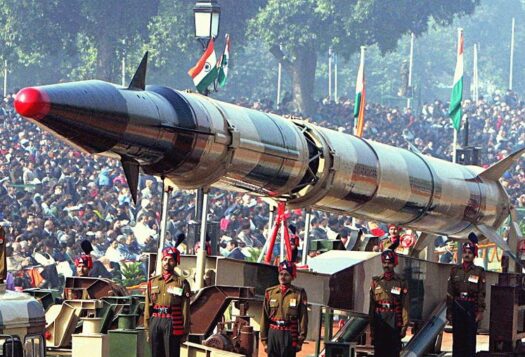
Although considered a nearly dead issue a few years ago, the Comprehensive Nuclear-Test-Ban Treaty (CTBT) has received new attention on its 20th anniversary because of several recent developments. These include the recent North Korean nuclear test, and today’s United Nations Security Council resolution, championed by the United States, reaffirming support for the CTBT— this after President Obama failed to muster enough support from the U.S. Senate to ratify the CTBT. Thus, with the CTBT again receiving high level coverage, it is important to consider the case of India and Pakistan, which have neither signed nor ratified the CTBT. This is especially relevant considering the Obama administration has requested India and Pakistan to ratify the CTBT.
Although Pakistan developed the capability to manufacture and assemble nuclear weapons by the late 1980s, it had no immediate plans to test them because of perceived costs and consequences. Nevertheless, Pakistan tested its nuclear weapons in May 1998 in response to Indian nuclear tests earlier in the month. These tests came at the cost of international sanctions against India and Pakistan. In an effort to demonstrate its commitment to the nuclear nonproliferation regime after its nuclear test, Pakistan proposed that both India and Pakistan ought to simultaneously sign the CTBT, but India rejected the offer. Regardless, both India and Pakistan individually affirmed a self-imposed moratorium on nuclear testing, which neither country has broken.
One factor that could explain India’s reluctance to sign the CTBT is that India considers China as its principal strategic competitor and rival, which introduces a more complex strategic calculus (in contrast to Pakistan’s India-centric deterrence posture) that could impact its nuclear decision-making. Several other important factors could include India’s desire to demonstrate its technological prowess, seek regional hegemony, and attain global prominence. These factors have thus far prevented India from formalizing self-imposed restrictions through signing treaties like the Nuclear Non-Proliferation Treaty (NPT), the Fissile Material Cut-Off Treaty (FMCT), and, of course, the CTBT. In turn, the prevailing wisdom in India that it must not forgo the option of nuclear testing in the future will always prevent Pakistan from unilaterally signing the CTBT.
Thus, potential incentives for India and Pakistan to sign and ratify the CTBT would likely have to be coupled together. For example, India and Pakistan could be offered membership into the Nuclear Suppliers Group (NSG) in return for their ratification of the CTBT. However, one could argue that India has little incentive to agree to such rewards because it has made great progress in achieving them without committing to international agreements. For example, few have criticized India’s failure to credibly separate its civilian and military nuclear programs even though that was a condition of the Indo-U.S. nuclear deal. On the contrary, India has continued to negotiate several nuclear cooperation agreements with other states, such as Australia and Japan. Further offering exceptions to India, such as membership into the NSG without signing the NPT, would only erode the faith in the nuclear nonproliferation regime for both India and Pakistan.

Pakistan’s recent proposal to India of translating the self-imposed moratorium on nuclear testing into a mutually binding agreement could serve as an important milestone towards both countries signing the CTBT in the future. However, it is very unlikely that India would respond positively to this proposal for it has already been sufficiently rewarded in nuclear deals and membership into international regimes, such as the Missile Technology Control Regime (MTCR), without pre-conditions. Thus, for the present, it seems that the best that one can hope for is that both India and Pakistan would continue to comply by their self-imposed moratoriums on nuclear testing.
Through this UNSC resolution, President Obama is presumably still trying to live up to his envisioned goal of a nuclear weapons free world. However, a point to note is that this initiative comes at a time when the U.S. administration is currently pursuing a nuclear stewardship program which involves spending almost a trillion dollars on the modernization of nuclear weapons over the next three decades. This is in addition to the U.S. Air Force’s plans to develop a new long-range cruise missile and a land-based intercontinental ballistic missile. Most importantly, the resolution is not legally binding for any U.S. government, if it decided in favor of nuclear testing in future. Under these circumstances, it would be a very challenging task to convince states which have yet to either sign or ratify the CTBT, especially India and Pakistan.
Editor’s note: With the 20th anniversary of the Comprehensive Nuclear-Test-Ban Treaty (CTBT)’s entry into signing on September 24 and in light of the United States’ upcoming United Nations resolution, SAV contributors explore whether the CTBT is still relevant today and why, how the stance of India and Pakistan–two of only three Annex 2 states that haven’t signed the treaty—has evolved over the years, and circumstances under which India and Pakistan would sign the treaty. Read the entire series here.
***
Image 1: The White House, Flickr
Image 2: India’s Kundankulam Nuclear Power plant under construction (IAEA Imagebank, Flickr)


